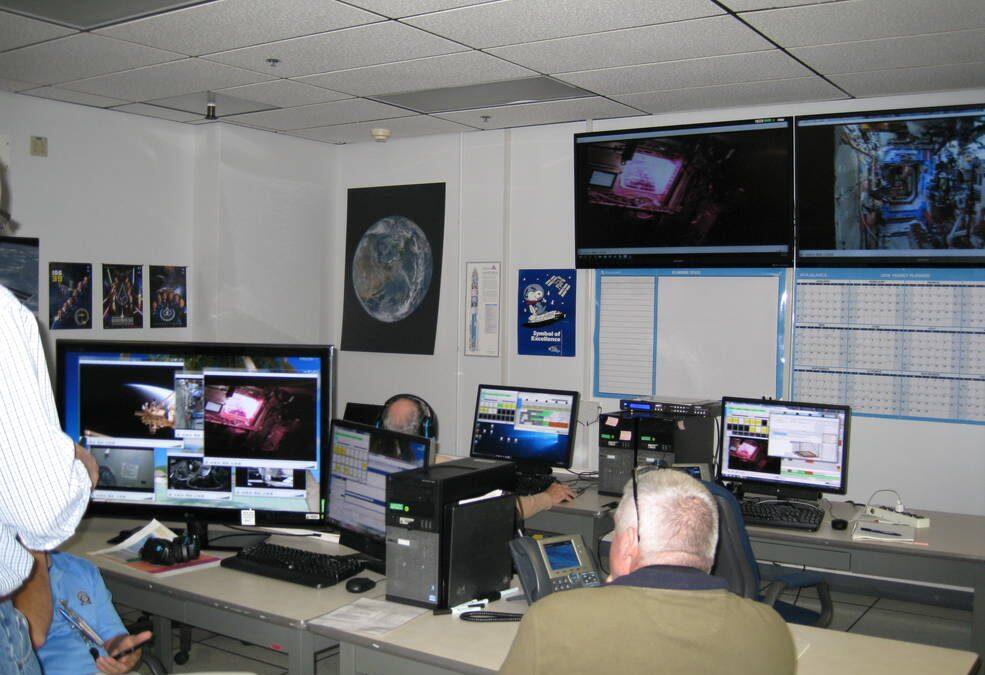By Anna Heiney,
NASA’s Kennedy Space Center
Just as farmers on Earth are planting leafy greens for the fall growing season, astronauts aboard the International Space Station are planting their third on-orbit crop of red romaine lettuce.
Early this morning, NASA astronaut Shane Kimbrough initiated the Veg-03 experiment, one of his first science assignments as a new crew member aboard the orbiting laboratory. As Kimbrough worked, members of the Veggie team watched from their consoles in the Experiment Monitoring Area located in Space Station Processing Facility at NASA’s Kennedy Space Center in Florida. A live video downlink from the orbiting laboratory allowed the scientists to remotely watch Kimbrough’s actions and ensure he did not encounter any challenges with the activity or hardware.
“Operations went great today! A little slower than expected, but all plant pillows were successfully primed for the first time in our Veg series,” said Nicole Dufour, NASA’s Veggie project manager. Plant pillows are small pouches already containing a growth medium, fertilizer and seeds; to start them growing, astronauts simply add a little water.
“We previously have had some hardware issues that prevented at least one pillow from each ‘grow out’ from being successfully primed, so we were very excited to achieve that milestone,” she added.
Astronauts on future long-duration space missions will need to be able to grow their own food to supplement their diets. Using the Veggie plant growth facility aboard the station, Veg-03 builds on the successes of previous studies, including Veg-01, which resulted in the first-ever on-orbit harvest and sampling of fresh produce during the summer of 2015. Techniques learned from Veggie crops will sow benefits on Earth and help NASA prepare for the Journey to Mars.
The Veg-03 crop will be the Veggie team’s first on-orbit attempt at a new, repetitive harvest technique termed ‘Cut-and-Come-Again’.
“Once the plants are approximately four weeks old, a selection of leaves can be harvested for a bit of fresh lettuce and possibly science samples. Meanwhile, some leaves are left intact along with the core of the plant, and will continue to grow and produce more leaves,” Dufour explained.
“We expect this will increase the on-orbit crop yield, as well as allow for more opportunities to supplement our astronauts’ diets with fresh, nutritious food from the same plants, which is an important goal of the ‘pick-and-eat’ food concept.”
Dufour reports the team is anxiously awaiting germination results, expected early next week.
Source: NASA











